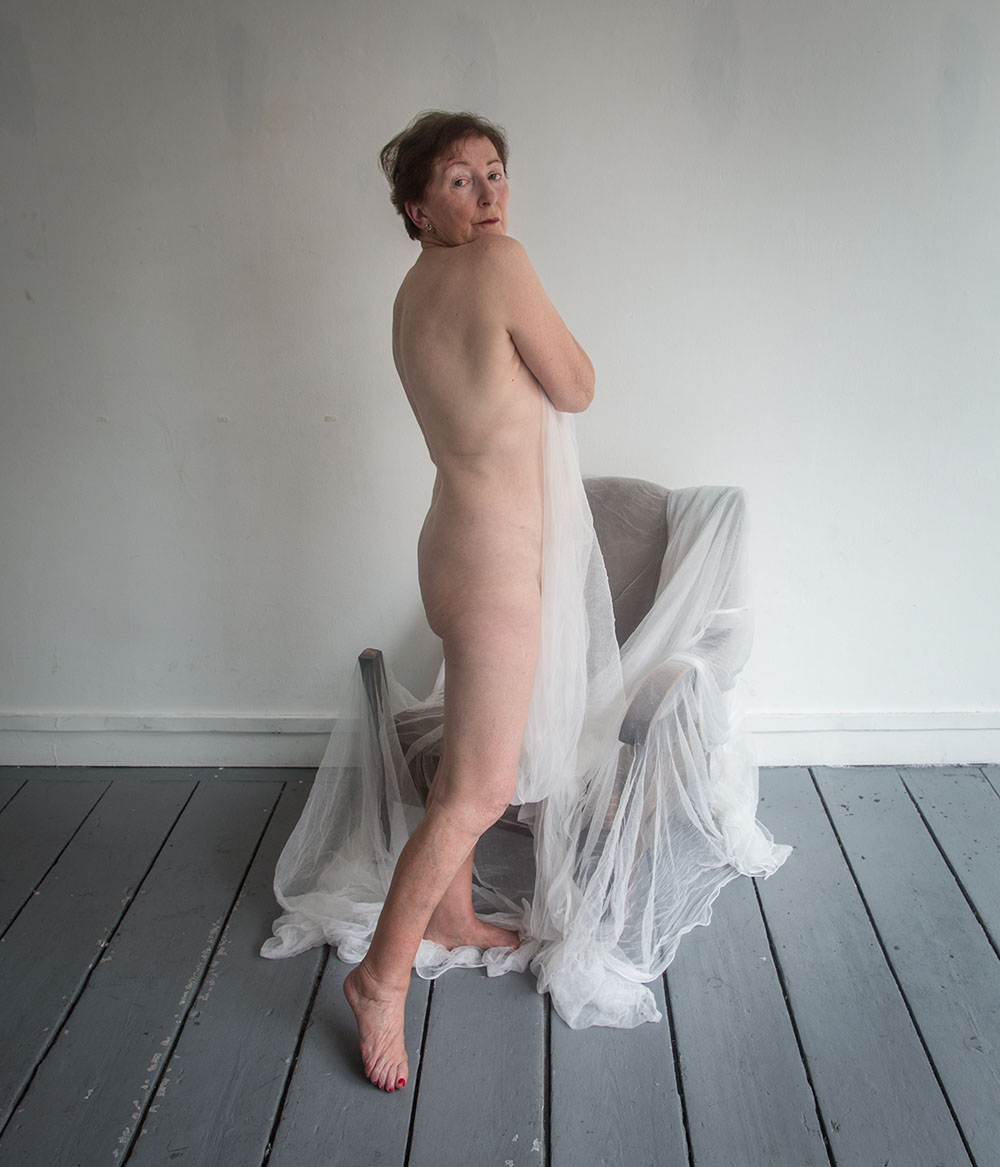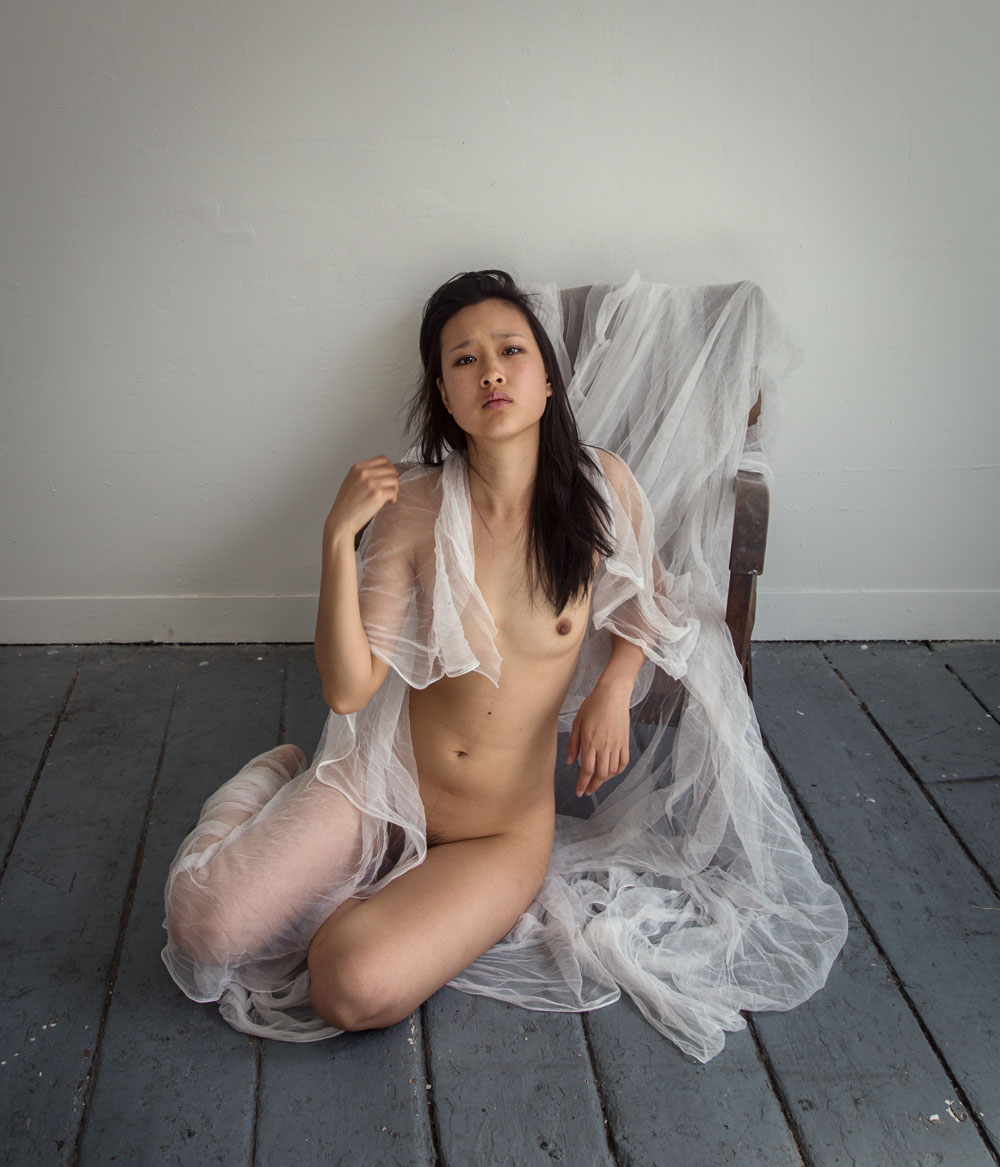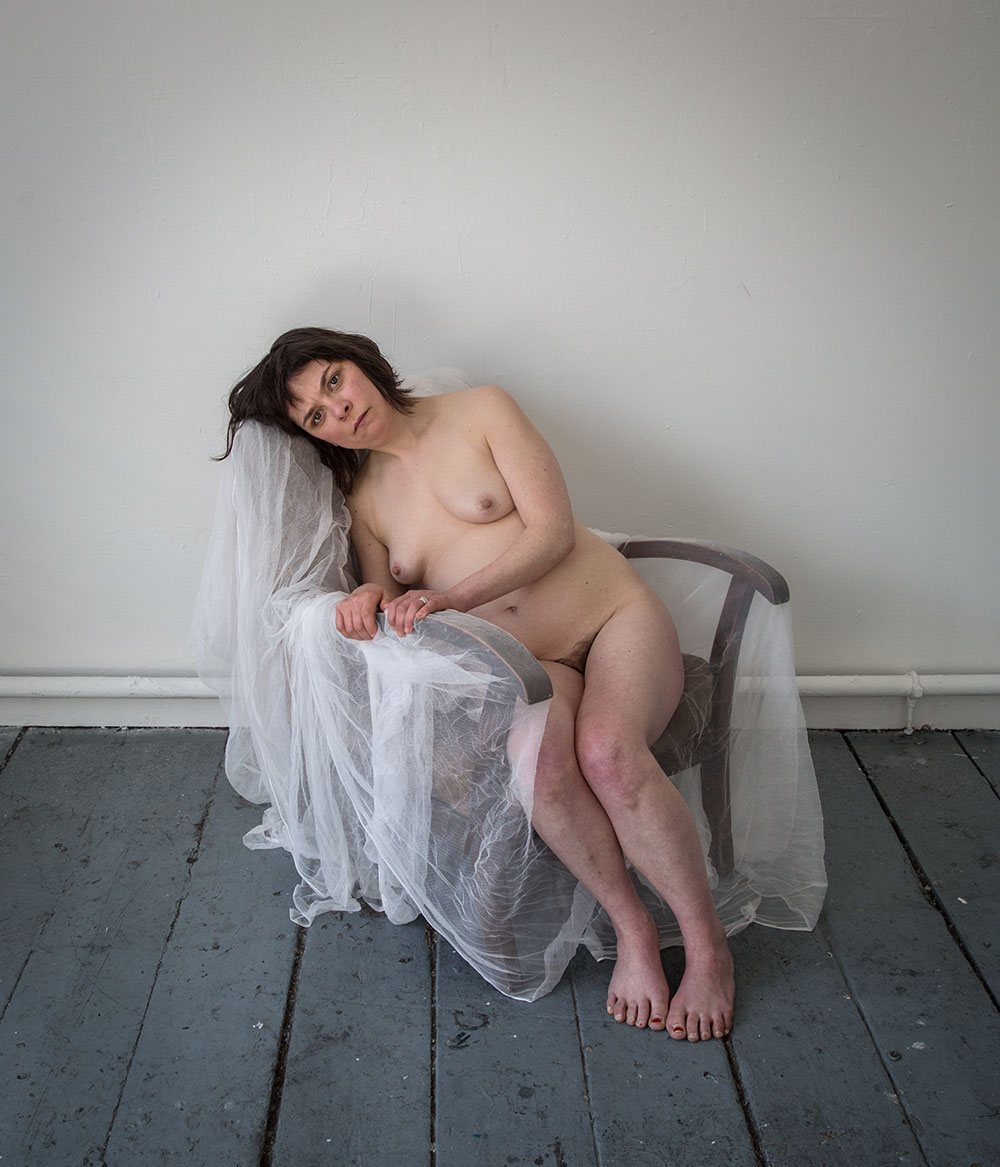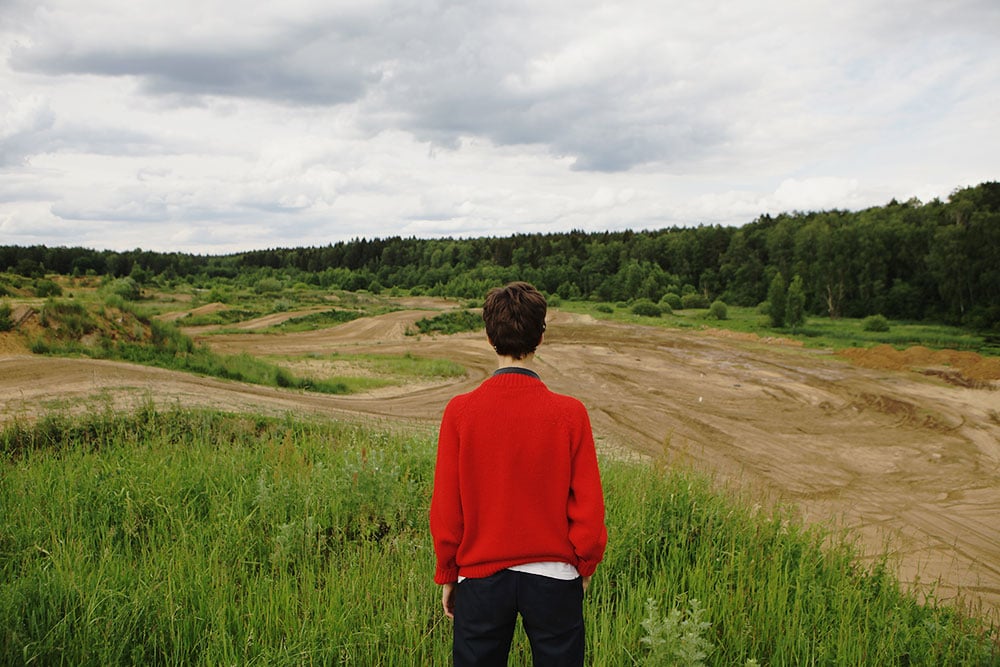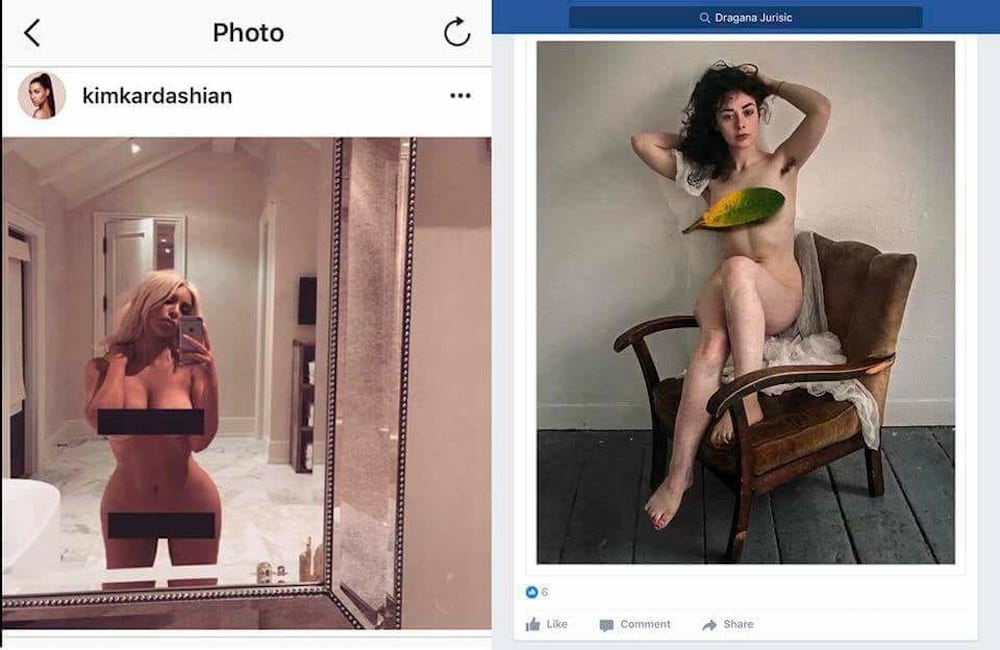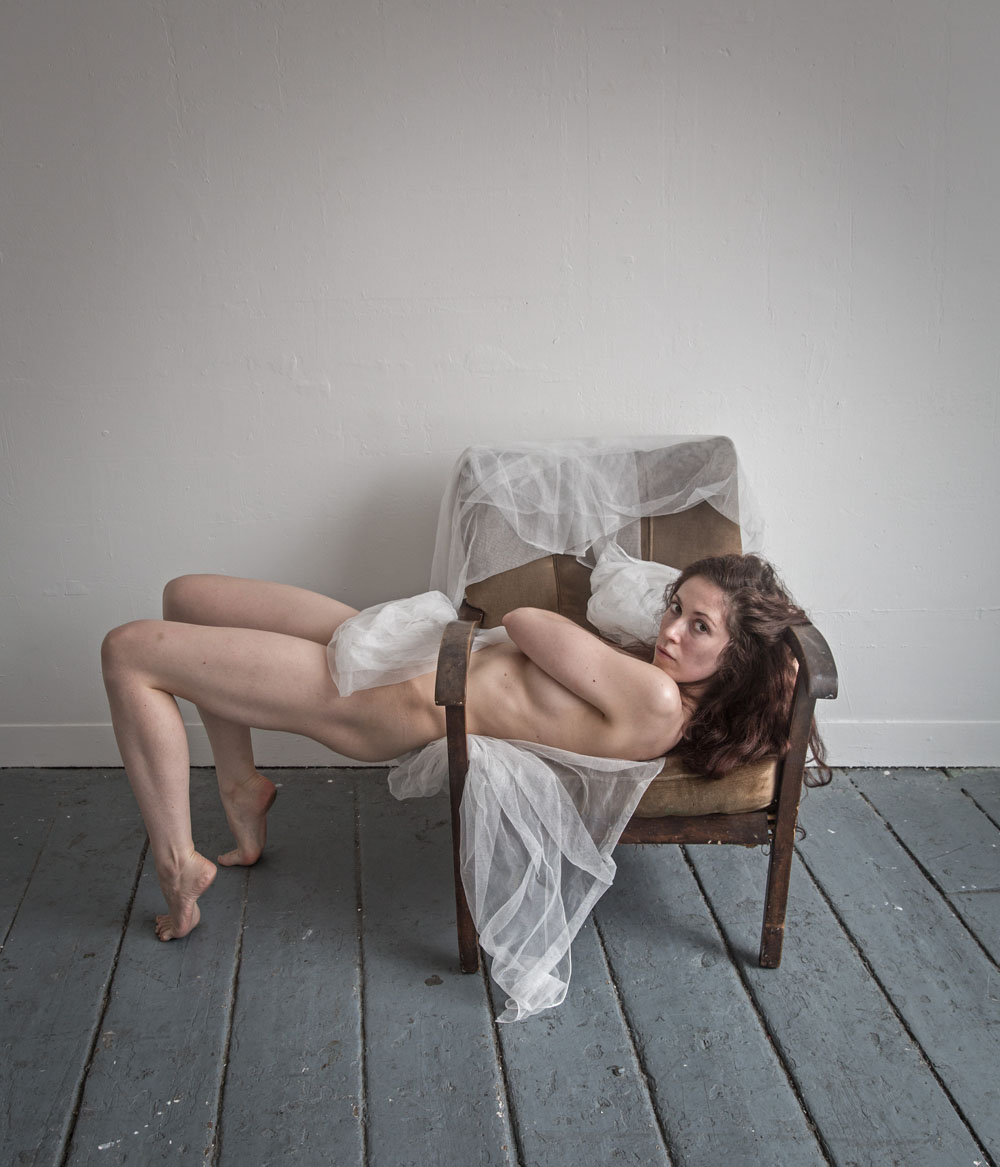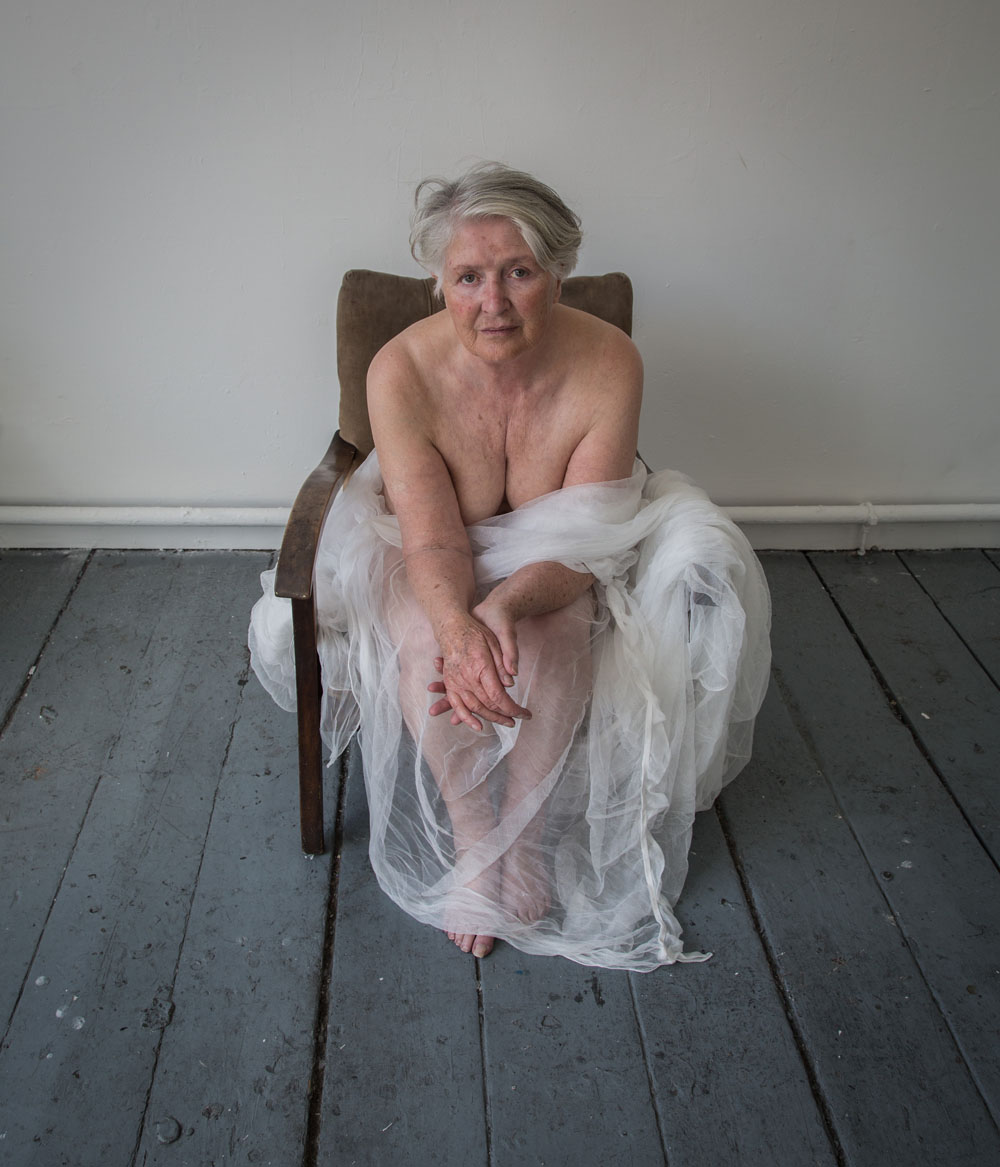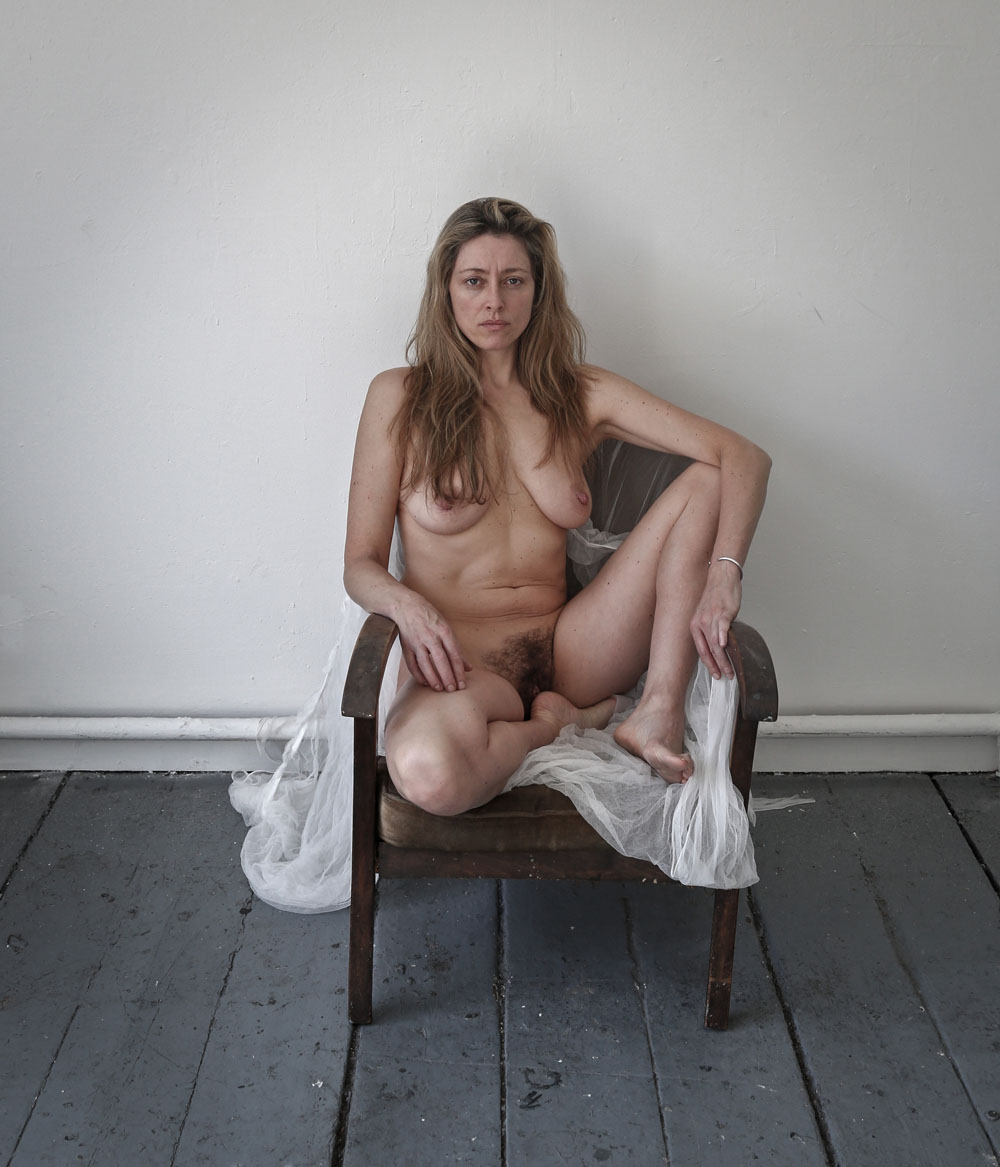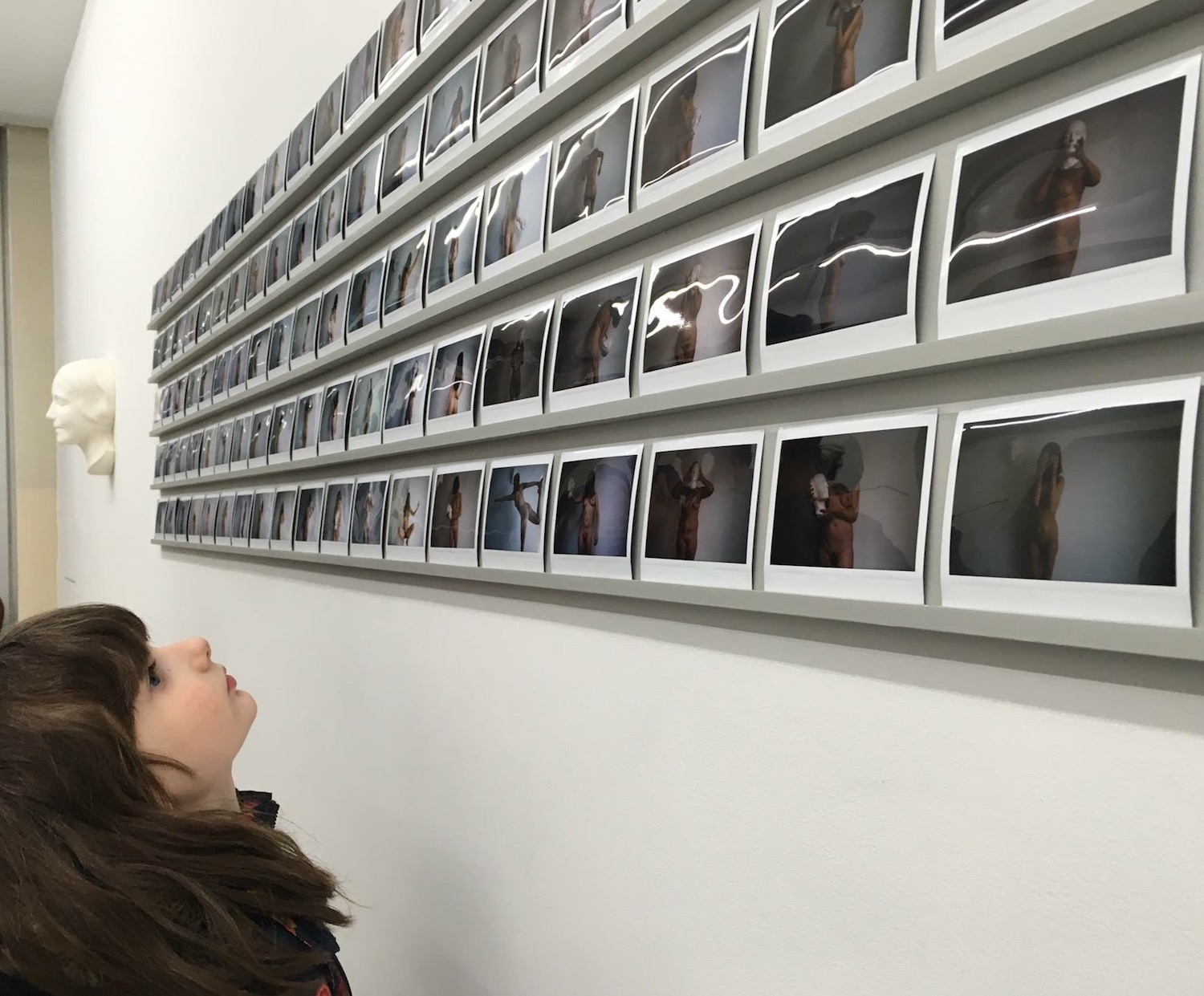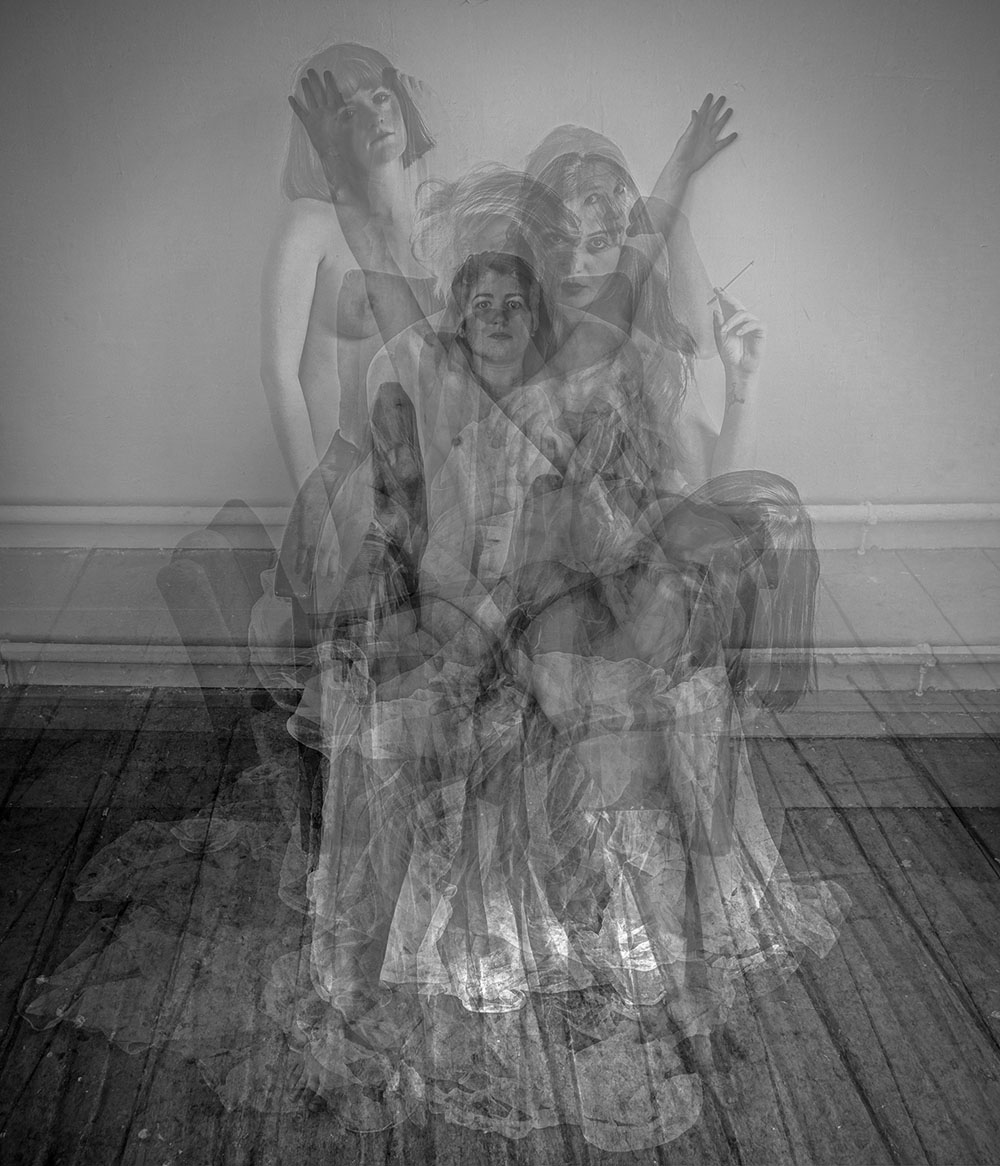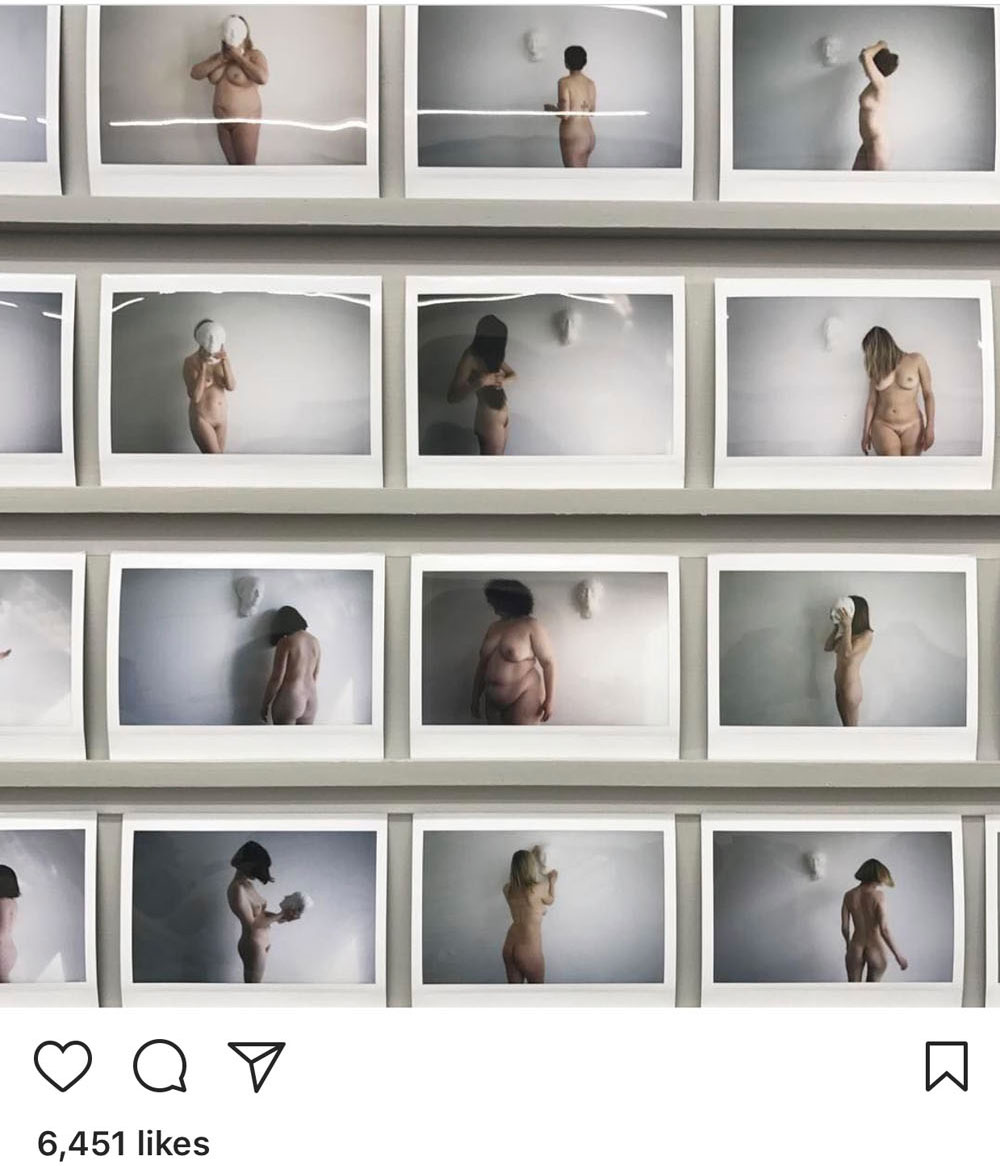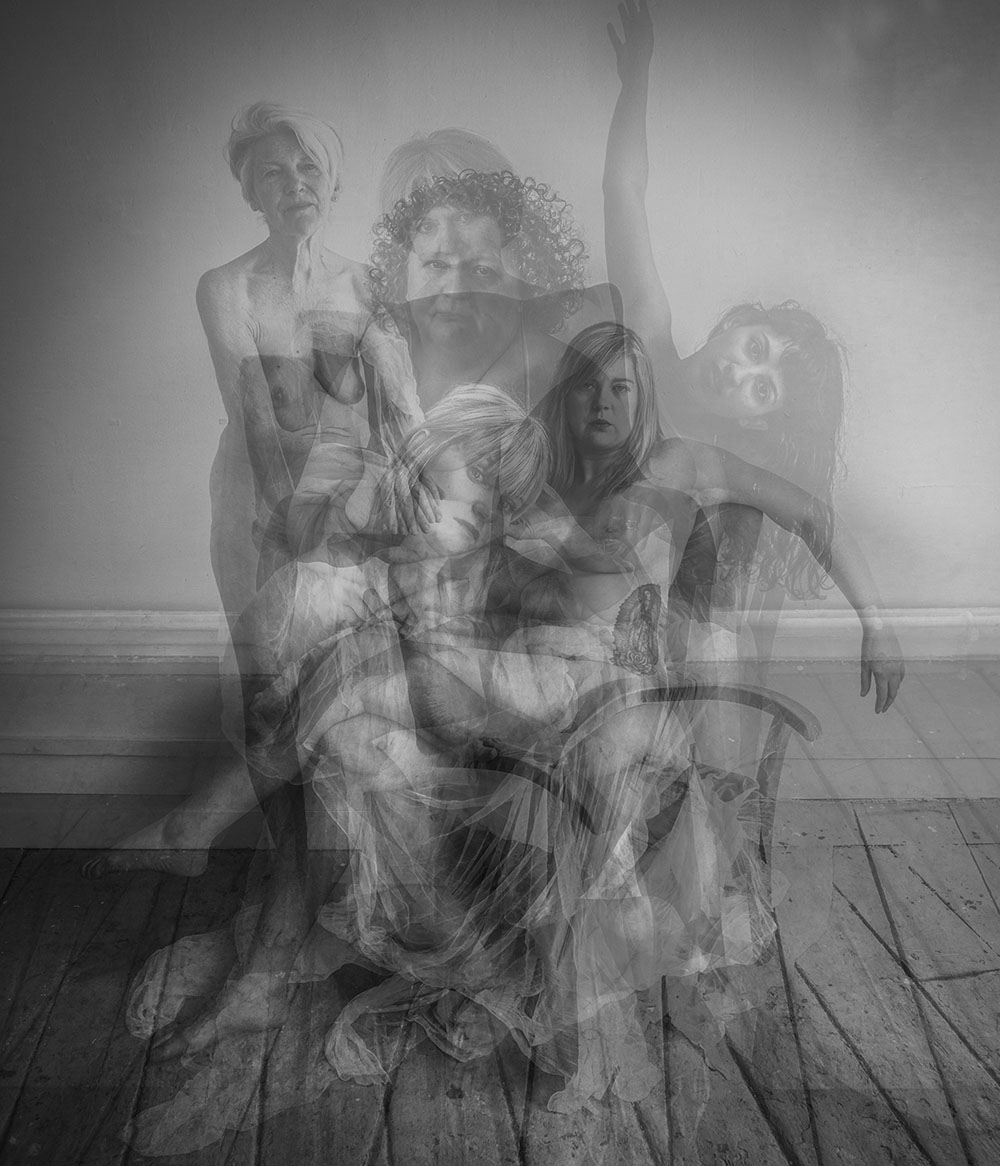Naked truth: the sad irony behind Instagram’s censorship of Dragana Jurišić’s photography
A recent incident involving Dublin based artist Dragana Jurišić’s Instagram account makes all too clear the lack of control women have in representing their own bodies, and the obfuscation surrounding the ways social media accounts are monitored, surveilled and censored
A recent incident involving Dublin based artist Dragana Jurišić’s Instagram account makes all too clear the lack of control women have in representing their own bodies and the obfuscation surrounding the ways social media accounts are monitored, surveilled and censored.
On 10 May Dragana Jurišić’s Instagram account was removed without warning. Unable to log in, she reported her account as hacked and was sent an email informing her it had been disabled for not following their Terms of Use. She was told she wouldn’t be able to access any of her data from the last seven years using the platform.
One of the last photographs Dragana posted was a test print of a portrait of Caoimhe Lavelle from 100 Muses, which is part of My Own Unknown, Jurišić’s ongoing, multifaceted body of work combining fictional and real narratives to explore the hybrid nature of female identity. In 2015 Jurišić photographed 100 women for the project, which aimed to subvert and challenge the traditional relationship between the passive, nude, female muse and the male artist. She was amazed at the number of women who responded to her open call for participation, which ironically had been shared through social media: “I went into this project with a rationale that it is not possible to photograph that many women in Ireland, in a five week period, nude. The scars left from the rein of the Catholic Church are still visible; the 8th Amendment that denies women their bodily autonomy when pregnant is being put to referendum on 25 May, and if polling numbers are right it is going to be a close call.”
The women she photographed ranged in age from 18 to 85 and came from all walks of life. In the studio they were offered the same props — a chair and a cheap IKEA curtain, which Jurišić describes as being a pun for the veil traditionally used by male artists to protect their models’ “modesty”. The results varied from playful to touching, unassuming and confrontational. Importantly the women self-directed and chose the final image to be used in the project.
Jurišić described the process as being a lot of fun but at the same time incredibly intense. “Once most of the women took their clothes off it became a therapy session that went both ways. There were tears and laughter and even dancing. When I asked why they felt like dancing, they said they felt free to be naked for the first time since they were children. There was no expectation of sex. They were not in a doctor’s office. The stories of oppression that we shared with each other, of abuse done to many of us, was shocking to come to terms with. Every woman who participated provided a mirror. My attitude towards my own body, or shame has changed drastically since then. I felt unburdened. I hope that they did as well.”
When posting the test print of Caoimhe’s portrait, made for the upcoming exhibition Naked Truth at Crawford Art Gallery in Cork, Ireland, being aware of Instagram’s nudity policy the photographer self-censored the print by covering Caoimhe’s nipples with a leaf. The image was online for around 24 hours and liked more than 500 times before her account was disabled. On Twitter and Facebook Jurišić shared the news of her account being taken down and soon her followers posted responses tagged with #whereisdragana and #bringbackdragana. In a series of increasingly draconian moves, Jurišić’s Facebook posts discussing the incident were removed, as were posts from other people featuring her photographs. The portrait of Caoimhe had temporarily become contraband and subject to immediate removal.
The censoring of Jurišić’s account may not have been an overtly political act, but the fact that it happened must be seen as political
As many pointed out, this censorship implied double standards, as equally revealing photographs of celebrities or soft porn with blurred out nipples and genitals can be found all over Instagram. Jurišić’s post was no more explicit, unless Caoimhe’s exposed armpit hair somehow transgressed an unspecified boundary of acceptability. On 14 May The Art Newspaper reported on the incident and by 7:30 PM Jurišić’s account had been partially restored, although she was unable to log back in until 16 May.
Whether Jurišić’s account was disabled because of an algorithm, a system error, or because a user reported her, in some ways seems irrelevant. The details of this increasingly farcical incident still expose just how little control we have over the social media content we think of as “ours” and raise questions around who gets to decide what representations of the female body are acceptable for public display. What Instagram means by “nudity” and what complies with its terms of use is not clearly defined, but is rather a variable and moveable standard depending on your followers, influence and monetary value.
The censoring of Jurišić’s account may not have been an overtly political act, but the fact that it happened must be seen as political. The representation of the naked female form has long been contentious, as Paola Paleari’s Facebook post comparing Jurišić’s photograph to Francisco Goya’s La Maja Desnuda (1797–1800) succinctly points out. The history of art is also a history of the objectification, marginalisation and silencing of women, something that Jurišić’s 100 Muses addresses with renewed impetus because of this recent censorship. The representations of women that are deemed acceptable reflect what we are allowed to see, think and feel about the female body — a debate that has heightened significance in the context of the imminent referendum in which Irish citizens will decide whether to repeal the 8th Amendment and allow women in Ireland access to safe, legal abortions and control over their own bodies.
The representations of women that are deemed acceptable reflect what we are allowed to see, think and feel about the female body
Central to Jurišić’s 100 Muses was an ethical approach to consent that respected the rights of the women to represent themselves. She did not take their initial participation in the photoshoot as unequivocal permission to use the images, waiting a year before asking them to sign consent forms. “I did not want this to be something they’d regret — like a bad tattoo decision,” she explained. “At this point seven women decided to withdraw, citing professional, artistic or personal decisions, and one woman did not respond. This was a part of the process, the renegotiation of consent.”
Some might suggest the best response to this situation is to abandon social media and in the immediate aftermath of the Cambridge Analytica scandal there were many articles and think pieces suggesting we should just #deleteFacebook. However, an article for the Guardian by Francis Ryan pointed out that for some social media is vital: “I can’t help but wonder if only privileged people can afford to take a position of social media puritanism. For many, particularly people from marginalised groups, social media is a lifeline — a bridge to a new community, a route to employment, a way to tackle isolation.”
Social media can be a powerful tool. It connects us and builds communities, as seen both in how Jurišić used it to circulate the open call for participation in 100 Muses and the vocal objections and debates that followed the temporary removal of her account. For artists it offers a seductive way to reach a wider audience but also a way to participate in discussions around their work. Jurišić explained she used Instagram as “a notebook, a memory crutch, a diary. I would often refer to it when I wrote, as some flashes of ideas for work were first presented there. Of course my images are backed up, but what I feel the loss of are dates, times, notes, comments and discussions that developed around many of my posts.” For many, using Instagram in this way is natural — it’s what it’s been built for. But as events increasingly indicate, social media platforms are not the benign, open, democratic spaces for “sharing” we may have once thought they were. As Jurišić advises, if we choose to use these platforms we should not be complacent, nor should we comply with companies’ policies without questioning them. As to whether she will continue to use the platform, Jurišić is still undecided. “The fact that I have access to my account does not make me any less angry about things that came to light during this time.”
Although Dragana now has access to her Instagram account, the censorship seems set to continue. After regaining access Dragana posted a self-portrait from the 100 Muses project with two raised middle-finger emojis covering her nipples. Alongside the post she listed guidelines to fellow users of the platform — the first being “download all your data”. She also shared this post on Facebook. While it remains on Instagram, it has been made invisible on her wall and disappeared from the feeds of people who had shared it.
It could be argued that leaving social media has little effect other than silencing yourself. At least being a user, promoting conversations and discourse as this incident has, there may be a chance to make a change — or as Jurišić puts it, “Instagram is not able to distinguish your artwork from a belfie. In order for this to change we must teach them! Remodel the house from within.”
Text: Jessie Bond
Image: Dragana Jurišić
